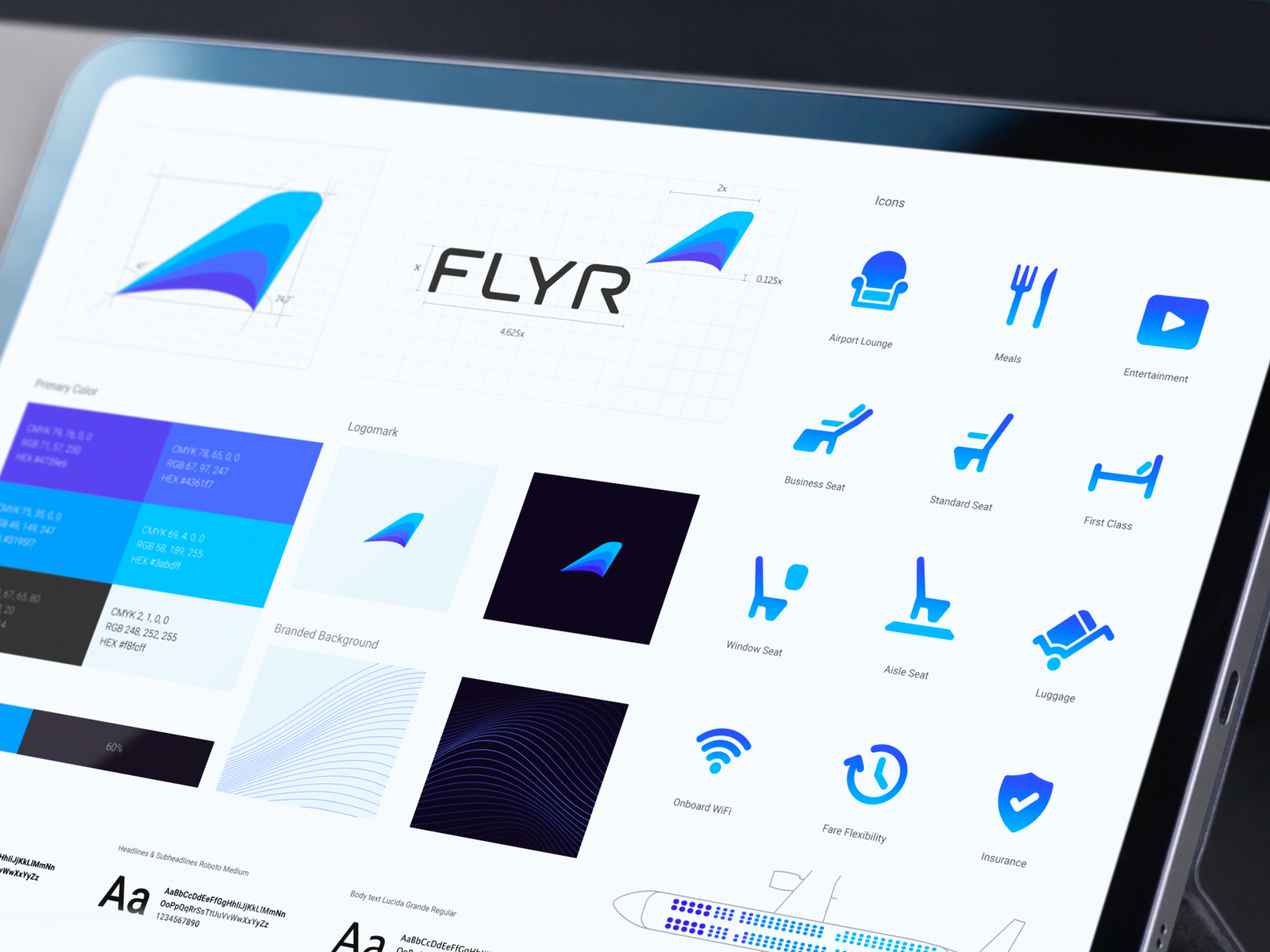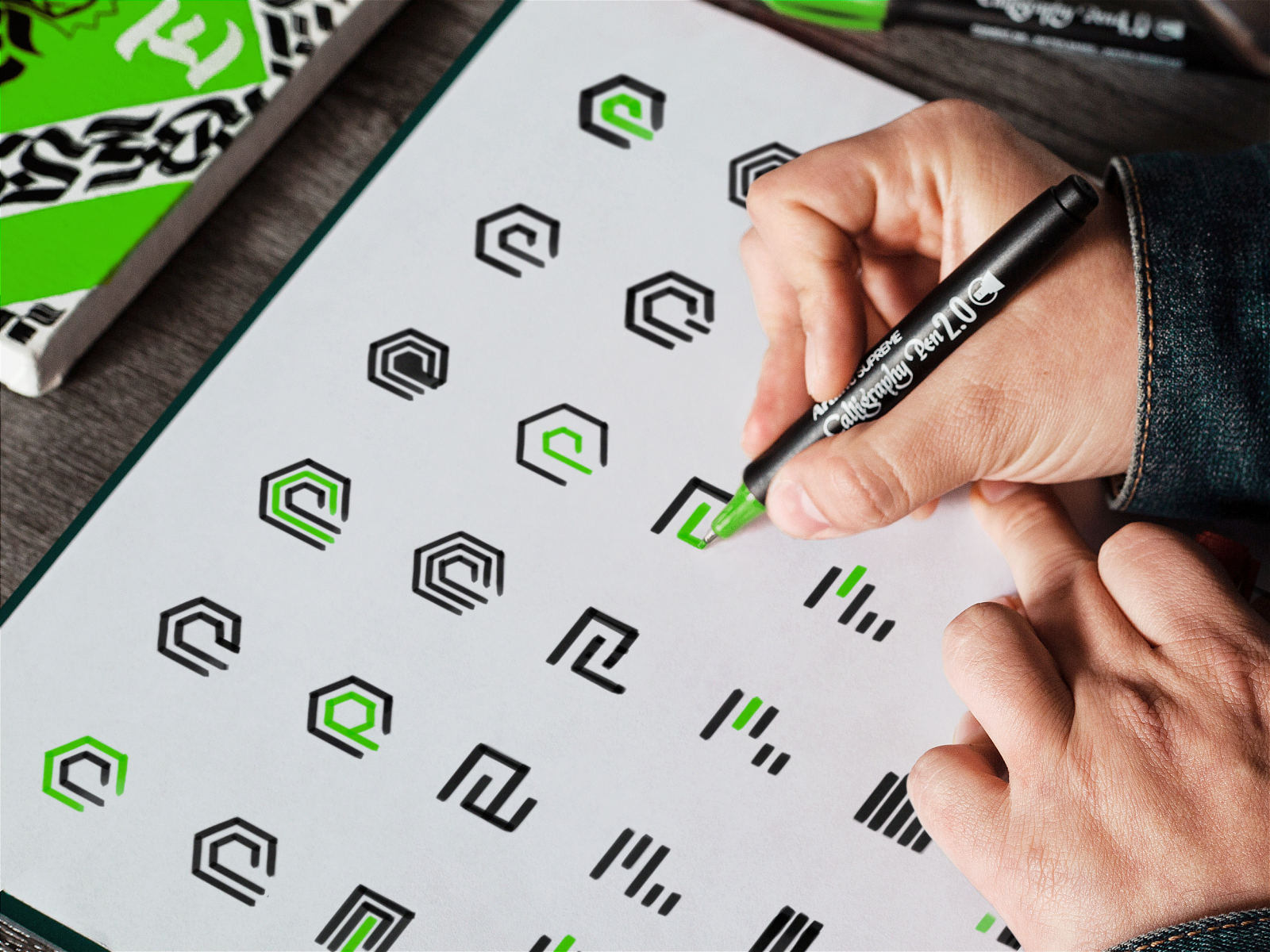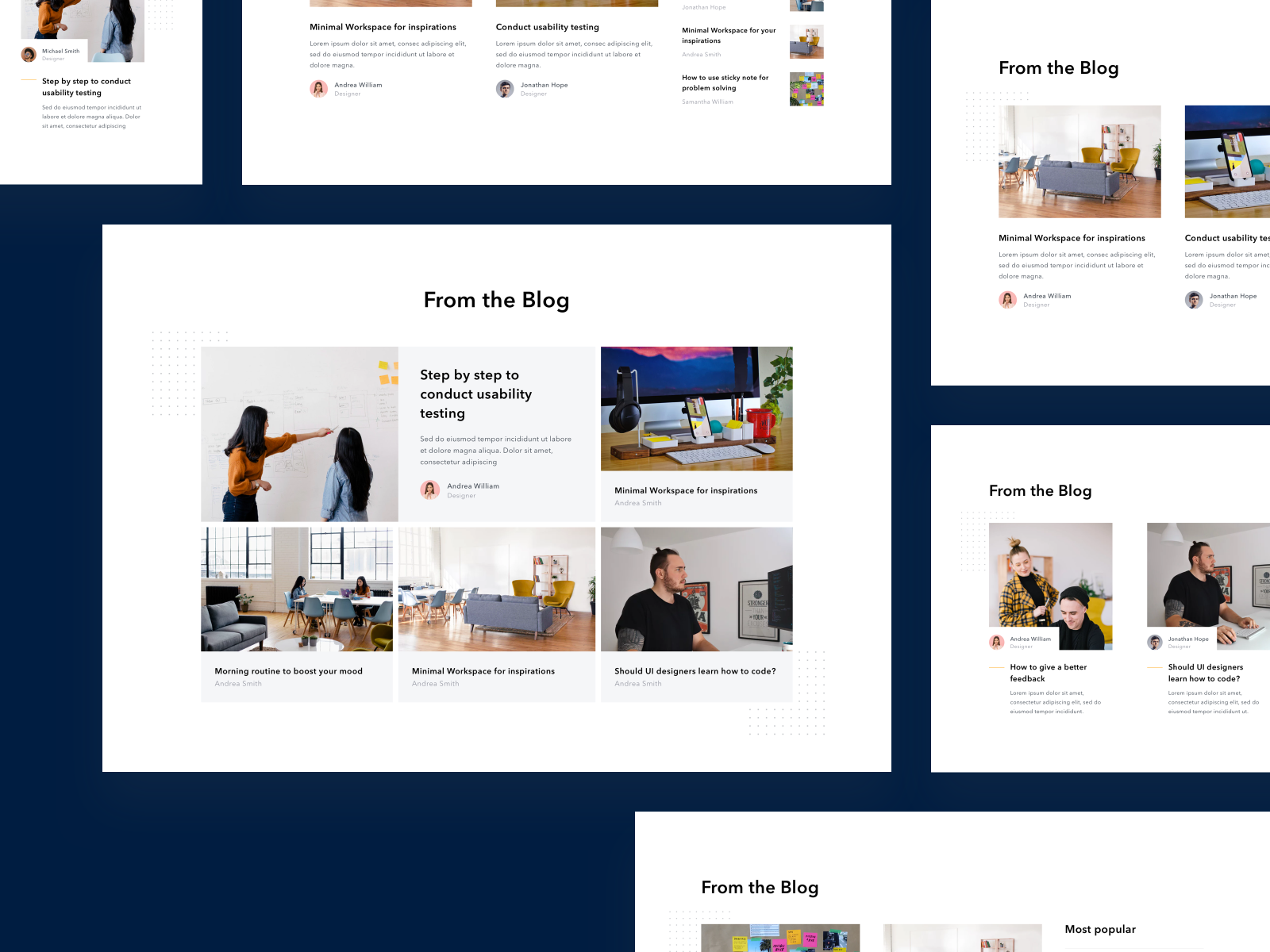December 31, 2019
Be a Problem Solver!

A lot of UI designers produce designs that look generic and can be found easily on the internet. In today’s world, being good is not enough, you need to raise the bar and become a great designer and problem solver. This type of designer will not just be able to create beautiful UI, but also provide solutions and innovations with design that enable him/her to solve a client’s design problems. In order to be a winner in the design challenges at Topcoder, you must become a great designer. At Topcoder, the client is looking for a design that can solve the problem they have. With this article, you can start building your way to become a great designer (the problem solver).
STOP DESIGNING!
Many designers start by simply looking at online galleries such as Pinterest, Behance, or Dribbble, then start creating their designs based on these online galleries as a reference and adapt them to client briefs. Don’t get me wrong, this is not a wrong method, and you can try it in some of your projects that are simple enough.
But so many times the above approach won’t work, especially for complex projects that have complex problems. In order to be able to tackle them you need to stop designing! There is one crucial step that must be done first, which is user research. Try doing user research about the client’s background, the company fields, user persona, etc. By doing this research, you will know how the client interacts with their business and what kind of design will work for the client. Try to find out the problems that your client is experiencing right now and how to improve their business processes. Step back and plan it!
DEFINE CLIENT EXPECTATION

In their process many designers make UI and UX designs with their own style regardless of what the client wants. Remember, a problem solver is someone who provides the best solution that follows a client’s request. Try to fulfill what the client is asking for as long as it is still within the scope of the design brief that was discussed earlier. If the client’s request does not match the brief discussed, feel free to open communication with the client about what kind of design they expect. Also, provide an explanation of your design so the clients understand how your design works. The most important thing is communication; don’t hesitate to ask questions in forums or media provided to communicate with clients.
FOLLOW BRANDING GUIDELINES

Author: Ramotion
Clients from large companies or a growing business have their own branding guidelines or design systems. To make a design system or branding guidelines, companies usually spend a lot of money. This is because the average client wants its products to have a style that describes their company and differs from other companies. Sometimes designers complain that branding is too rigid and has a different style to what they want. But if you want to be a problem solver designer, put your ego aside and use the existing branding guidelines as a challenge for you to create a better design. Clients will appreciate designers who can make good UI and UX designs even though they are limited by their branding guidelines.
ITERATE YOUR DESIGN

Author: Ramotion
Iteration is one of the major processes that you can’t skip in creating a great design product. Sometimes the first concept doesn’t always work and it’s not something the client needs. Don’t hesitate to perform iteration in your design even if that means you will need to start again from scratch. Use trial and error while reading the brief and requirements given by the client. However, don’t throw away the design that you created. Try to make a modular design so that if the design you make does not meet the needs of the client, you can save it to be implemented in other design projects.
ALTERNATIVE SOLUTIONS

Author: Dwinawan
In searching for design solutions you might come up with several concepts. Don’t hesitate to deliver two or more design concepts to the client. However, make sure you have enough time to finish and deliver your concept as strong as possible/as a complete solution to ensure the design quality meets the client’s request. Provide several solutions that have 180 degree approaches to the client so you can easily discern the client’s taste and direction to their problem solution. In the Topcoder challenge, you can upload more than one submission in the checkpoint and final phases. If your submissions have different concepts, usually a client will provide feedback to both submissions.
INVOLVE THE CLIENT

Involving the client in your design process is something that you must do from now on. In a Topcoder challenge, there are two stages of the design process, namely the checkpoint phase and the final phase. Use these rounds to flesh out details from the client, try to add comments to prototyping media like Marvel or provide notes about how your design works. That way after your review checkpoint feedback is released in the forum you will have a better understanding of the solution needed for the client. Usually, copilots and reviewers will also add some additional input to your design.
After getting input from the checkpoint phase don’t forget to do an iterative review on your design before sending submissions at the final stage. Perform repeated analysis and tests on the design until you are sure that the design you created will be able to solve the client problem.
CONCLUSION
Being a problem solver will open up many opportunities for you especially if you do it in Topcoder. If the client likes the design and the solution you provide, you will get the opportunity to get a private task or even be recruited to the Taas Topcoder team if the client needs more solutions with more design staff. So, what are you waiting for? Start competing on Topcoder and become a problem solver.